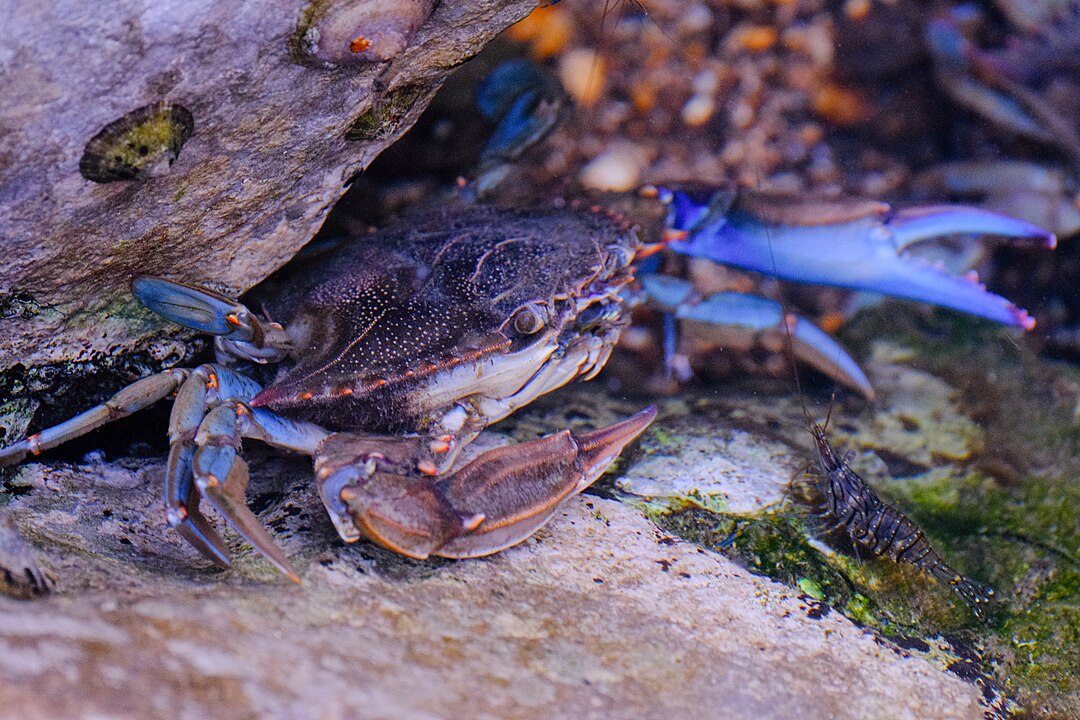Italy’s blue crab emergency is worsening, hitting clam farms in central regions as well as the northern epicentre of the invasion.
The crisis has been fuelled by drought and storms, which created ideal conditions for the alien crustacean to spread.
Fedagripesca is mapping the damage, beginning with the Orbetello lagoon in Tuscany. Special Commissioner Enrico Caterino visited the area today, where 3,000 quintals of fish died in 2024. The loss of sea bream and sea bass, natural predators of the crab, has led to a fivefold increase in the crustacean’s presence.
In Goro, Po Delta, storm surges destroyed 30% of protective fencing built to shield the last clam farms. Farmers fear complete collapse. “Even if we set out traps, it’s like emptying the sea with a bucket,” said Vadis Pesanti, producer and vice president of Confcooperative Fedagripesca Emilia Romagna. “There are many more crabs than last year.”
Orbetello fishermen’s cooperative president Pierluigi Piro confirmed the scale of the problem. “We went from disposing of 130 quintals to 600, five times as much,” he said. Uneven sizes make the crabs hard to export, limiting market opportunities.
Farmers in Emilia-Romagna have asked for immediate monitoring and a damage assessment. In Veneto’s Scardovari, every storm forces workers to rebuild clam-protecting nets.
“There’s a constant risk that crabs will enter and wipe out even the harvested product,” said Paolo Mancin, president of the Consortium of Polesine Fishermen’s Cooperatives.
Blue crab decimates clam industry
Sector leaders estimate the invasion has crippled an industry worth more than €200 million and left 800 workers without jobs. “The blue crab has brought this economy to its knees,” said Paolo Tiozzo, vice president of Confcooperative Fedagripesca. He called for a multi-pronged response including scientific research, gastronomy, animal feed, and exports.
Commissioner Caterino confirmed that the National Plan to Combat the Blue Crab, first applied in Veneto and Emilia-Romagna, could also be extended to Tuscany.





